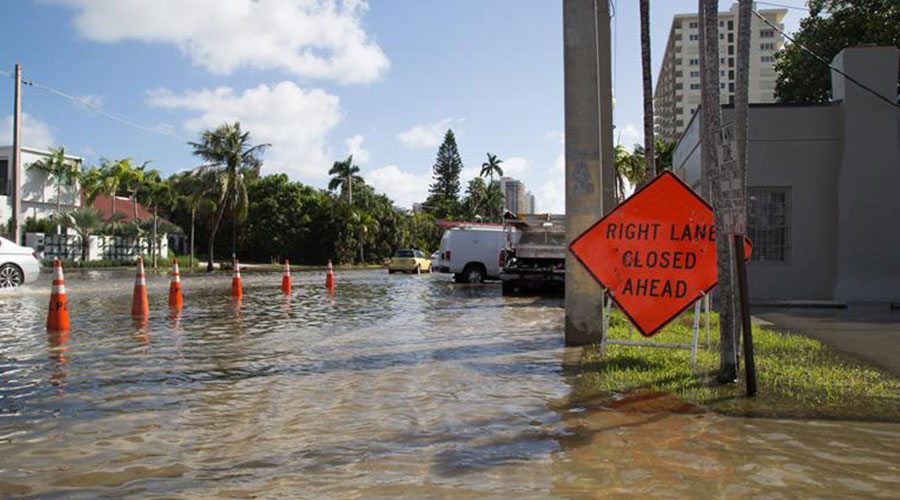Options Abound For Facility Managers Exploring Mass Notification Systems
Facility managers who are interested in a mass notification system have an overwhelming number of options — everything from "Giant Voice" loudspeakers to text messages to sirens, and any combination of those options.
Settling on what's best for your facility can be a challenge, because different methods of communication vary widely in their effectiveness based on the type of facility and its occupants. Text messaging may be a great idea for a college campus, but not for an assisted living facility; voice messages may work well in a corporate office building, but not be effective in a noisy manufacturing environment.
Adding another layer of complexity to mass notification systems is that many facility managers are just now beginning to deal with the effects of a major change to NFPA 72: National Fire Alarm and Signaling Code. The 2010 version of the code allowed, for the first time, for mass notification systems to use the fire alarm system to communicate. The code doesn't require a mass notification system be installed, but sets guidelines for how to design, install, and maintain a mass notification system that uses the fire alarm system for communicating non-fire messages.
So the list of variables is a long one and can lead to confusion over what the best choice is and how to most effectively communicate with building occupants. The critical point to keep in mind to make sure you're getting what you need is a simple one: The purpose of a mass notification system is to communicate quickly and clearly in an emergency, and you have to base your decisions on what methods will allow you to do that.
"If people don't know what the message is, can't understand the message, and don't understand what to do with the message, then the system isn't worth what you're paying for it," says Jon Evenson, director of emergency management services, RJA.
To get to the point where you are effectively communicating, Evenson and other experts recommend a comprehensive, in-depth evaluation process of what happens in your facilities on a daily basis, who is in the buildings, and how they can most efficiently be informed when necessary. But there are other considerations as well, including infrastructure and training of staff to make sure the system is operated correctly.
Infrastructure Investment
Fire alarm systems manufactured before the NFPA 72 code change are generally not going to work as an element of a mass notification system, so the choices are to either replace those older fire panels or have a stand-alone mass notification system in place.
"A lot of the older (fire) systems may not have been even meeting the fire alarm requirements," specifically when it comes to audibility and intelligibility, says Chris Jelenewicz, engineering program manager, Society of Fire Protection Engineers.
"A lot of times it's best to just start from the beginning and do it right," he says, singling out college campuses as facilities that are in many cases leading the way in establishing best practices.
Related Topics:














